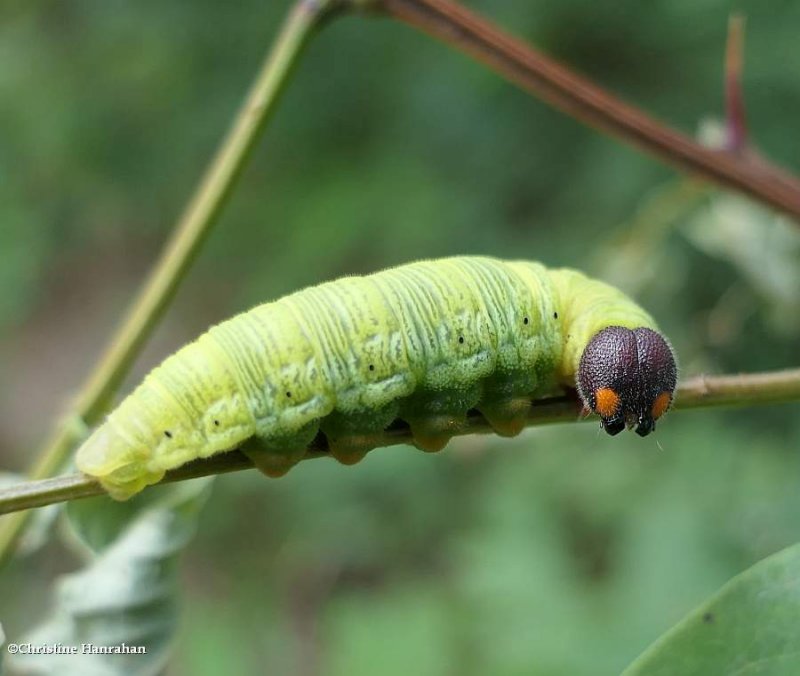
Northern Maidenhair Fern ( Adiantum pedatum) Marginal Woodfern ( Dryopteris marginalis) White Baneberry, Doll’s Eyes ( Actaea pachypoda)Ĭhristmas Fern ( Polystichum acrostichoides) Schrank Alpine Violet, Labrador Violet, American Dog Violet ( Viola labradorica) Green and Gold ( Chrysogonum virginianum)Ĭanadian Wildginger, Wild Ginger ( Asarum canadense) Heartleaf Foamflower ( Tiarella cordifolia) See below for a list of scientific names for the plants featured in this post: But what will bloom in the shade of summer and fall? And what butterflies will visit? Stay tuned! So there is plenty of interest in the garden in spring. This past January I saw Golden Alexander in bud – a little scary! After a warm winter, blooming may begin weeks earlier than usual. Most of these perennials bloom for about 6-8 weeks, although Green and Gold may bloom throughout the summer if you deadhead. They’ll be happy with the soil, moisture, and available light with minimal intervention from you, and no chemical fertilizers. The secret is to choose plants that are naturally adapted to a woodland environment. They offer the perfect elevation and exposure for the skipper to show himself off to prospective mates. With mission accomplished, he returned to a horizontal perching platform provided by White Baneberry leaves or the tips of a Christmas Fern frond, both along the edge of the moss path that curves through the garden.

While I watched him, when another butterfly flew by, regardless of species – Red Admirals, anglewings or swallowtails – he chased them away. Zabulon Skipper posing for a prospective mate A good mix of critters means that they’ll all help keep each other in balance, with no one species dominating, and no need for chemical intervention. Having a good mix like this accommodates a wide variety of interesting residents, including butterflies, birds, bees, moths, spiders, wasps, flower flies, ants, tree crickets, katydids, and others I’m still trying to identify. So the strategy for our garden is to have a broad diversity of plants mimicking a small slice of deciduous woodland, with a mix of trees, shrubs, and herbaceous plants including perennials, ferns and sedges. In nature, different species need to spend parts of their lives at different levels of the forest, some at or below ground level, some just above it, some a few feet higher in shrubs, and others in the trees, even all the way to the tree canopy.

SILVER SPOTTED SKIPPER CATERPILLAR FREE
“Passive solar”, courtesy of nature, free for the taking. As the leaves unfold, the house and garden is well shaded, minimizing the need for air conditioning. From November through early April, with the leaves off the trees we get a lot of sun, helping to keep the house warm and the heating bills low. Our townhouse has a southern exposure, with deciduous trees and the garden on the south, east and west sides, and a common wall with another home to the north. Spring Azure nectaring on Virginia Sweetspire This dispersal habit is the reason for the ‘tick’ part of the common name of these plants, since the fruits cling to an animal’s fur or clothing like a tick might. I’ve often warn them home after a walk in the woods. Fruits disperse as hitchhikers on passing animals, including humans. The pollinated flowers produce a chain of fruits that break apart when they’re ripe. The Tick-trefoils all have three-parted leaves, and a tall-stemmed flower cluster. The caterpillars typically munch on the foliage, flowers or buds of these plants, but they do it in such a discreet way that you would only notice if you were looking for it.

Silver-spotted Skipper caterpillars specialize on certain members of the Pea ( Fabaceae) family, including Black Locust ( Robinia pseudoacacia) trees, and several herbaceous (not woody) plants called Tick-trefoils ( Desmodium species). So what’s the connection to peas? While Silver-spotted Skipper butterflies drink nectar from many different plants, it’s their caterpillars that ‘eat their peas’.

Silver-spotted Skipper drinking nectar from Common Milkweed (Asclepias syriaca)


 0 kommentar(er)
0 kommentar(er)
